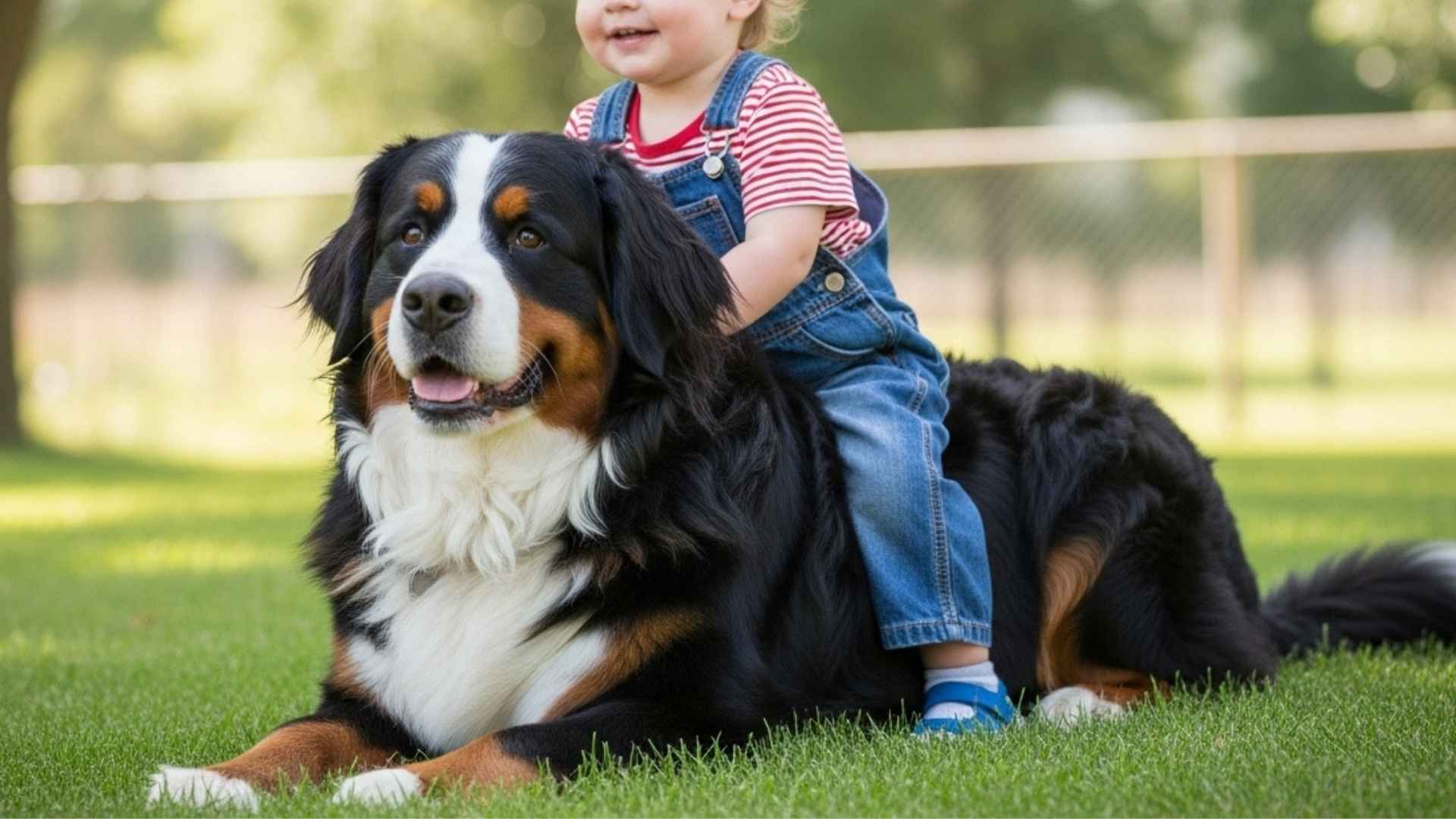Some dogs are more than playmates. They’re climbing walls. Riding ponies. Best friends who never say “no.” While most dogs love kids, not all are built to carry them.
Toddlers don’t see boundaries—they see adventure. And sometimes that means clambering onto the back of a dog like it’s a carousel. The difference between a meltdown and a magical moment comes down to the dog’s temperament and strength.
Certain breeds are sturdy enough, calm enough, and patient enough to say, “Sure, hop on.” They don’t snap. They don’t startle. They just roll with it—literally.
This article covers the dog breeds that are strong-backed, endlessly patient, and toddler-approved.
Dog Breeds That Allow Toddlers to Sit on Their Backs
1. Labrador Retriever

Labradors have a solid, balanced frame that comfortably supports light pressure across their back. Their muscular but broad torso offers a gentle slope, allowing toddlers to sit momentarily without causing discomfort. This physical stability is paired with natural stillness during calm interactions.
Child-Friendly Response Pattern
What makes them different is their unreactive posture, even when touched unexpectedly by small children. They don’t flinch or panic when a toddler leans, sits, or shifts suddenly. Their calm nerves prevent quick startles that could cause a child to lose balance.
Trust Through Repetition
Labradors tolerate repetitive toddler behavior such as leaning, hugging, and brief back-sitting. They are known to hold still if they sense the child is not being aggressive or pulling hard. This ability to read gentle cues builds trust between the dog and young children.
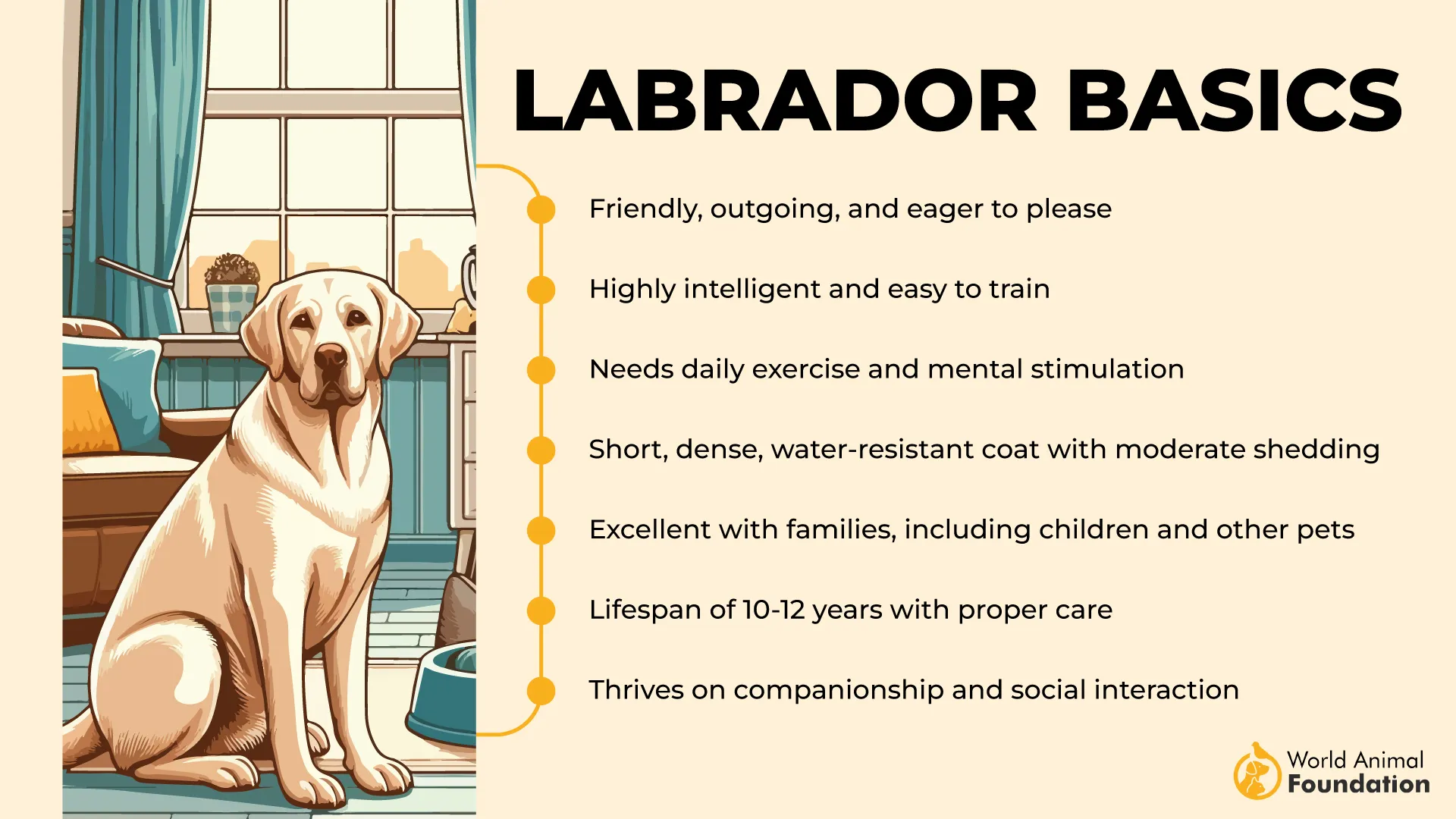
Energy That Adapts Indoors
Though playful outdoors, they adjust to quieter indoor settings without fuss. Their activity level doesn’t interfere with slow toddler movement, making them ideal companion dogs. Labradors pace their energy to match whoever they are bonding with — even if that’s a crawling child.
2. Golden Retriever
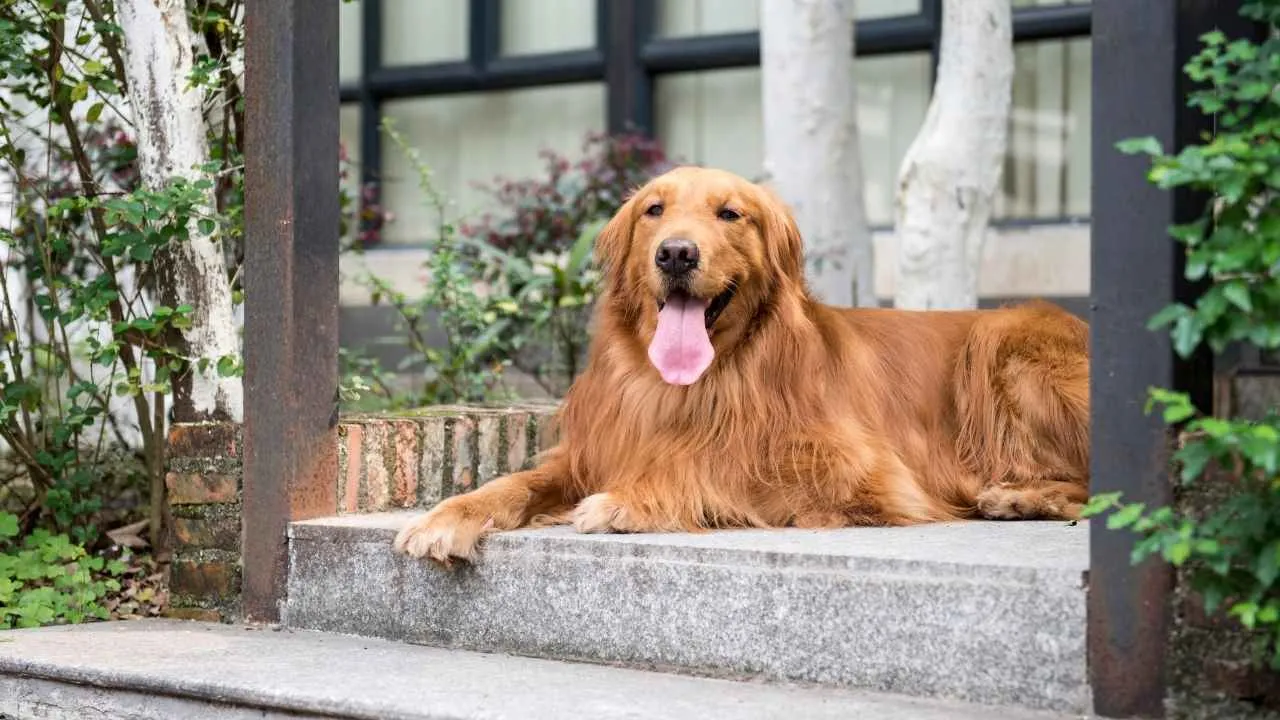
Golden Retrievers are known for their body awareness, which helps when toddlers shift or move around them. Their stable stance and patient posture reduce sudden jerks or startles. This makes short back-sitting interactions less risky for small children.
Extremely Tolerant Temperament
Even when a toddler applies unexpected pressure or hugs tightly, Goldens remain still and composed. They don’t resist or react harshly to soft physical touch. This steady behavior comes from generations of selective breeding focused on gentleness.
Social Training Advantage
These dogs adapt quickly to house rules, making it easier to guide their behavior around kids. They naturally mirror calm energy and adjust their pace indoors. This makes them a good family dog, especially for homes with very young children.
Gets Along With Everyone
Goldens are rarely territorial and accept the presence of children, guests, or other pets without stress, as mentioned in PetMD. They rarely challenge attention-sharing, which avoids tension when toddlers want to interact physically. This consistency helps them remain approachable throughout the day.
3. Newfoundland

Newfoundlands are one of the few large breeds whose body mass allows them to stay steady under light weight. Their wide back and thick muscles distribute pressure smoothly. This structure lets them hold a toddler’s weight without shifting or showing discomfort.
Gentle Reactions Around Children
This breed responds to toddler behavior with extreme patience and minimal startle response. Their ability to remain still while being touched or climbed on makes them dependable. Movements that might bother other dogs are often ignored by a calm Newfoundland.
Tolerance Through Familiarity
When introduced through proper training, they quickly associate toddlers with safety and softness. They don’t need repeated correction once they understand the household rules. This consistency makes them trusted among family members during unstructured play.
Energy That Matches Indoor Calm
Newfoundlands are slow-moving indoors and will stay in place longer than most active breeds. Their relaxed pace helps toddlers feel safe during physical contact. They are often listed among dog breeds for families due to this mix of patience and mass.
4. Collie
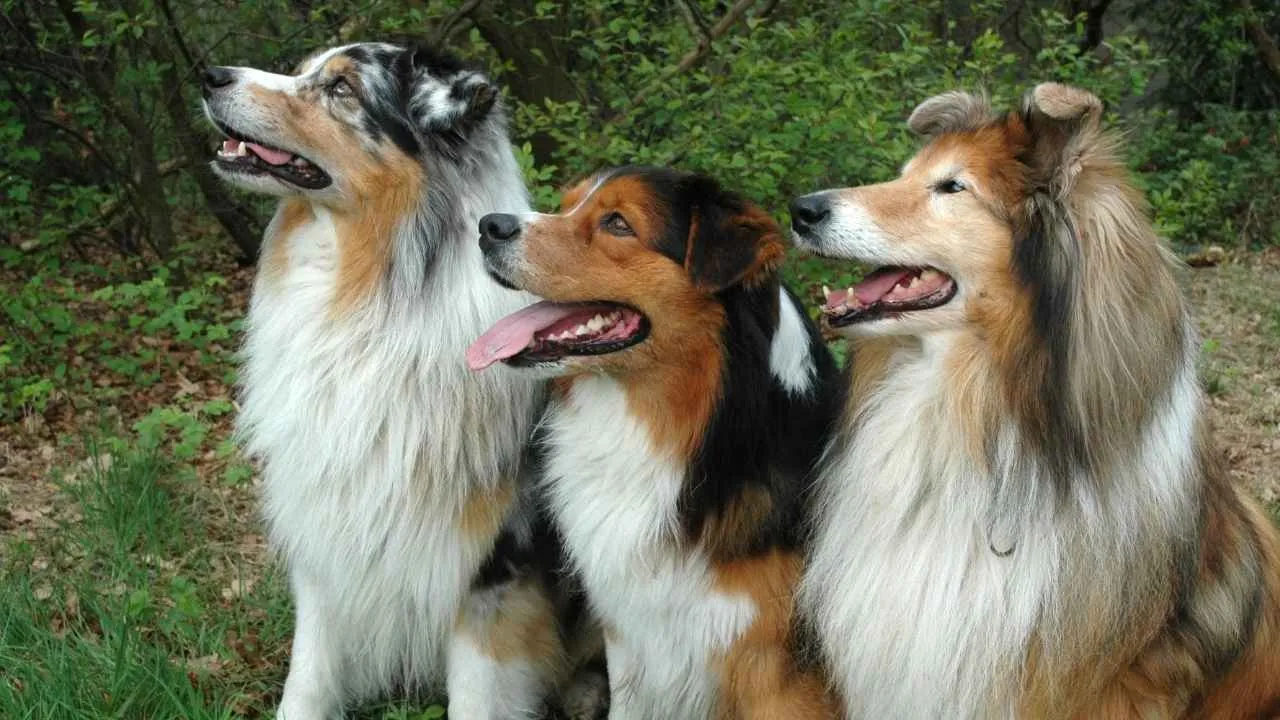
Collies are well-proportioned and carry their weight evenly across their frame, making them physically stable when toddlers interact with them. Their long torso offers space for a light back sit without triggering discomfort. They tend to hold still when a child shifts or leans gently.
Responsiveness Without Agitation
One of their core strengths is reading body language in a non-reactive way. They allow toddlers to explore and even apply gentle pressure without showing signs of annoyance. Their quiet acceptance makes them safer for repeated contact.
Natural Patience With Movement
Collies don’t mind crawling or wobbly toddlers near or around them, even when they’re engaged with other pets or family members. Their focus stays on remaining calm, regardless of what’s happening around them. This behavior helps reduce sudden or jerky reactions.
Steady Temperament Indoors
Even when excited outdoors, they shift to a relaxed indoor mode with ease. Their self-control in confined spaces helps prevent accidental jolts while a toddler sits. Originally bred for herding, they retain a sense of spatial awareness around smaller family members.
5. Bernese Mountain Dog
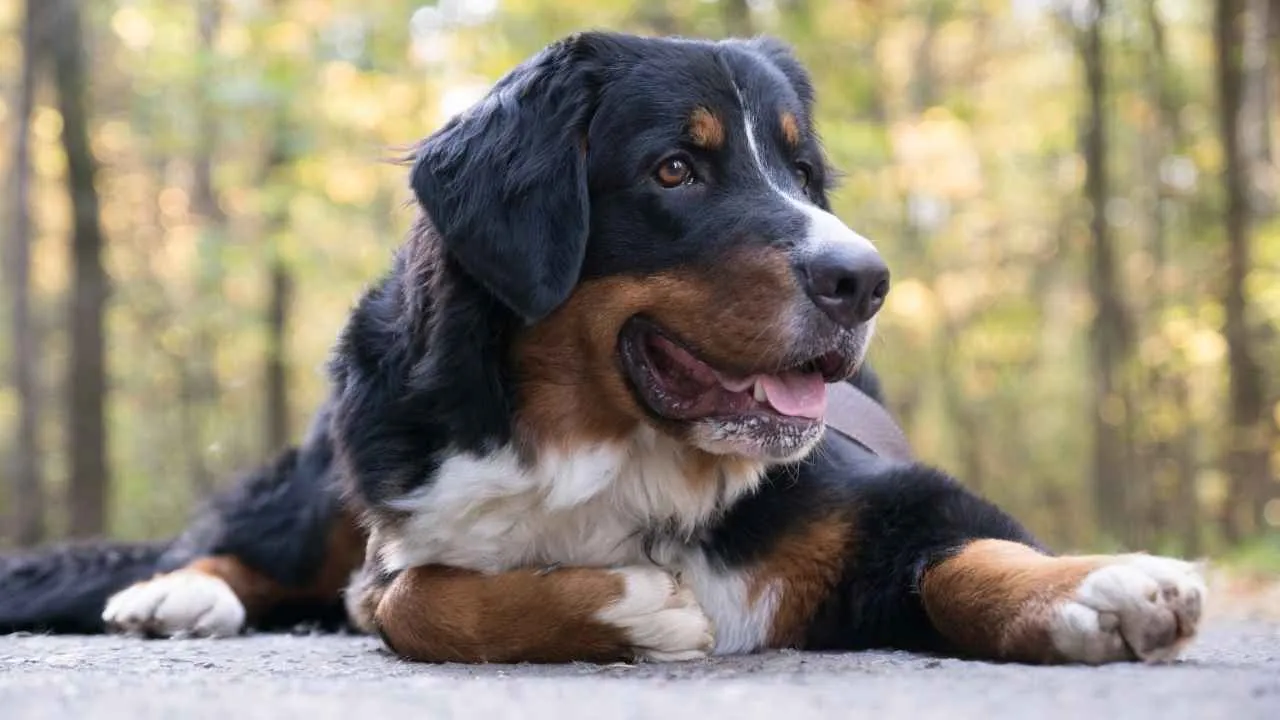
With a wide, solid back and calm stance, the Bernese can hold a light toddler weight without discomfort. Its body is naturally well-balanced, which prevents swaying when a child sits. This quiet strength makes them physically steady in indoor and backyard settings.
Temperament Suited for Small Kids
This breed shows steady reactions to touch, tug, and sudden toddler movement. Their calm demeanor allows toddlers to explore physical closeness without anxiety. A Bernese will usually remain seated or lying down when interacting with small children.
Deeply Bonded and Protective
They often form loyal bonds with all family members, including babies and toddlers. The dog’s personality includes watchfulness and patience, making it easy for children to feel safe around it. They don’t demand constant attention but stay present and aware.
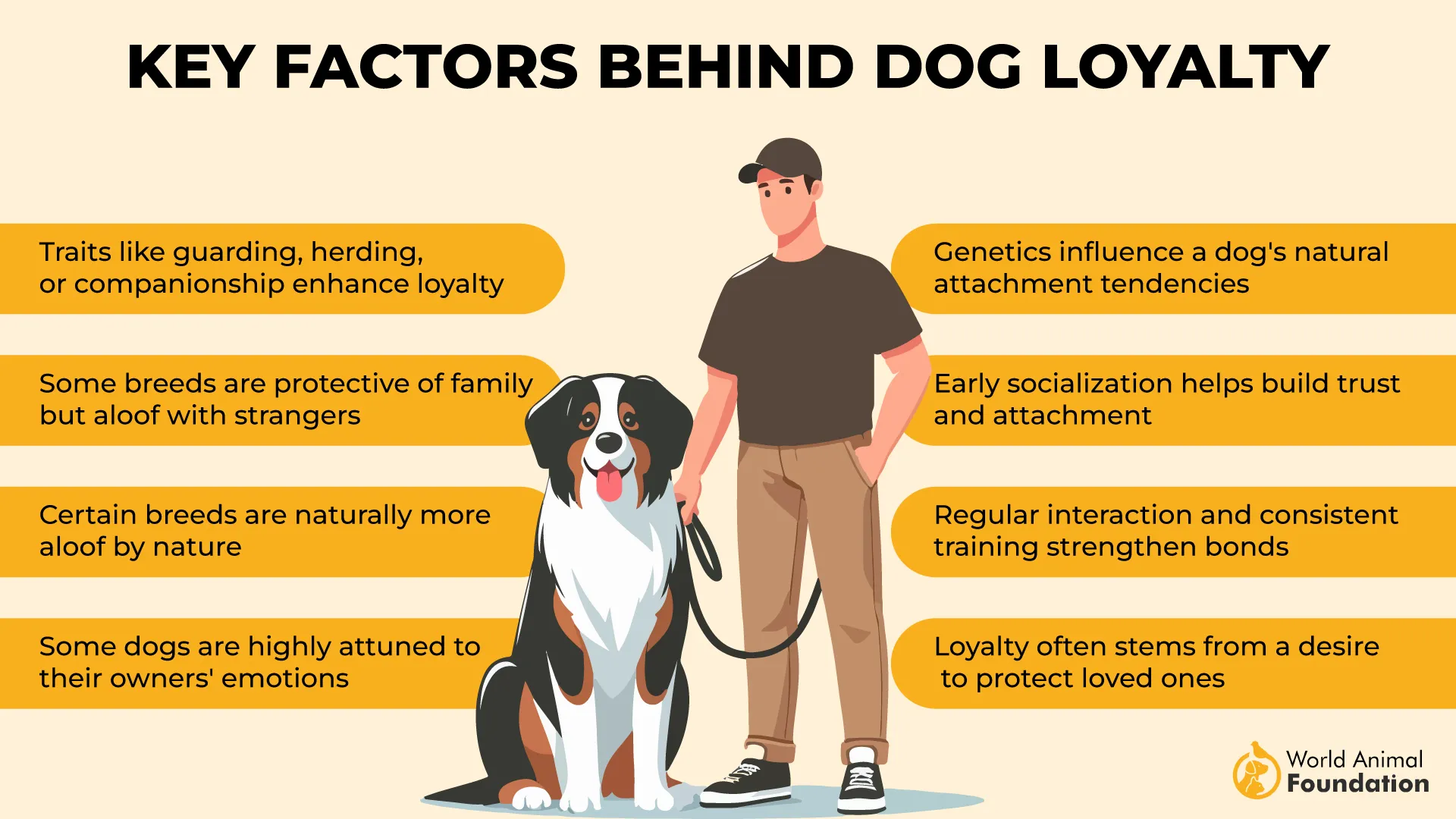
Calmness Beyond Size
Though large, the Bernese is among the few giant breeds that respond to child energy with slow, grounded movements. Some are certified as therapy dogs because of their steady behavior in unpredictable environments. Their predictability is their biggest strength indoors.
6. Boxer
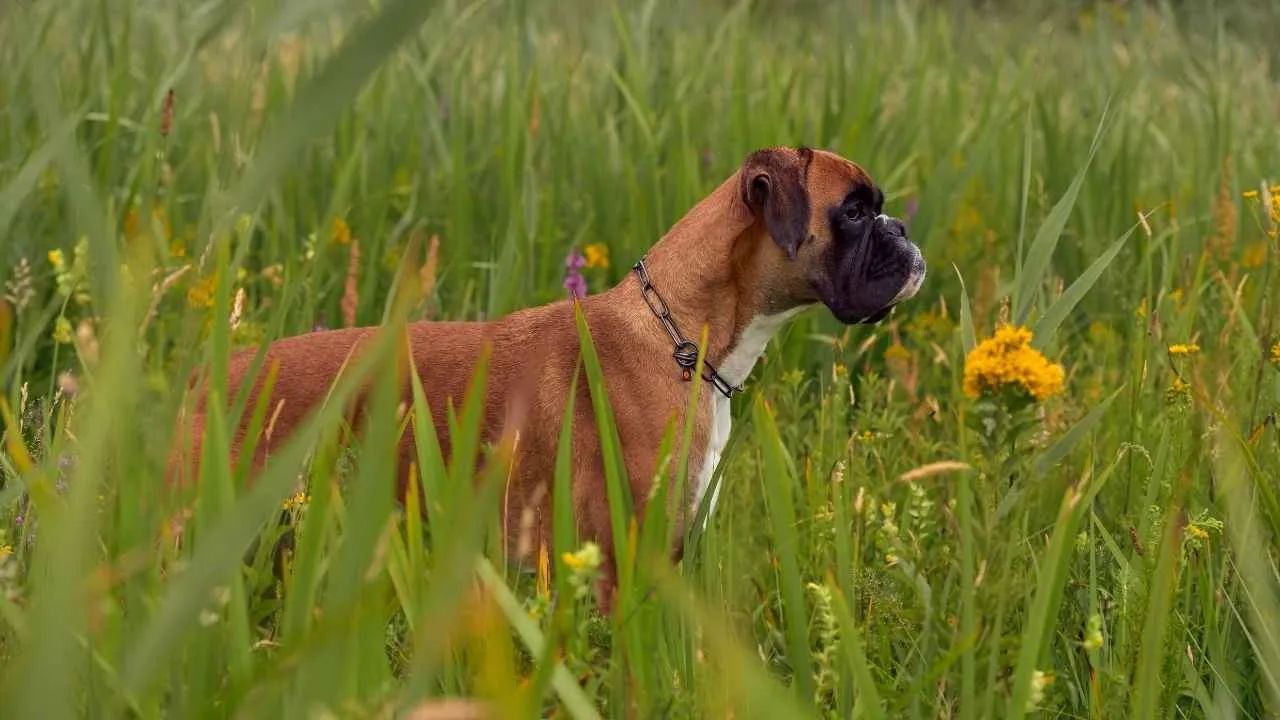
Boxers have a compact yet firm structure that allows them to carry brief toddler weight without strain. Their short back and well-developed hindquarters create a sturdy seat-like area. This makes them suitable for toddlers who sit without bouncing or shifting too fast.
Protective but Gentle Nature
They tend to observe small children closely without being overbearing or nervous. Boxers adjust their energy when near toddlers, often pausing movement if a child climbs or leans. Their balance of watchfulness and patience gives them a safe presence in play zones.
Comfort With Touch and Pressure
Boxers tolerate full-body contact and remain still when a child lies across or sits gently on their back. They respond well to soft physical interactions and rarely overreact to clumsy touches. Their tolerance has made them one of the more trusted active dogs around children.
Energy That Waits for the Right Time
While known as energetic dogs, Boxers hold their excitement when indoors or during slower-paced activities. They know when to switch gears based on the environment or who’s nearby. Despite their strength, they behave with restraint in toddler-centered households.
7. Irish Setter

Did You Know: The Irish Setter was famously featured in President Richard Nixon’s family — their dog “King Timahoe” lived in the White House during his presidency.
The Irish Setter’s long, slightly arched back allows a toddler to rest briefly without causing stress to the dog’s structure. Their weight-carrying ability isn’t just about muscle but how they balance it during still moments. With proper socialization, they remain steady when touched unexpectedly.
Temperament With Small Children
Irish Setters are often described as having a gentle demeanor, especially around children they’ve bonded with, as WebMD highlighted. They’re soft-mouthed, rarely reactive, and have a social curiosity that keeps them engaged without becoming unpredictable. Their presence around toddlers is calm and observant.
Movement Control Indoors
While they’re fast outdoors, indoors, they learn to slow their movement when children are nearby. With the right dog-parent training, they can differentiate between playtime and downtime. Their body awareness is surprisingly refined for their size and energy level.
Emotional Bond and Patience
This breed builds close relationships, often hovering near toddlers during quiet moments without needing attention. They’re great companions in homes that value affection over dominance. Long periods of gentle contact are something they tolerate more than most expect from such active breeds.
Conclusion
Generally speaking, not all large dog breed types are built to handle toddlers climbing aboard, but some absolutely are. Many of the best dog breeds for families with kids share more than strength: they offer patience, balance, and emotional awareness.
These aren’t just good guard dogs or herding dogs. They’re companions who thrive on connection and offer the kind of support young families need. Whether you’re bringing home a new dog or exploring affordable dog breeds, don’t overlook what a steady temperament really means.
Rescue dogs and even some mixed-breed dogs with calm traits can shine, too. With playful nature, patience, and enough mental stimulation, these dogs become more than pets—they become safe spaces for older children and little ones alike.


